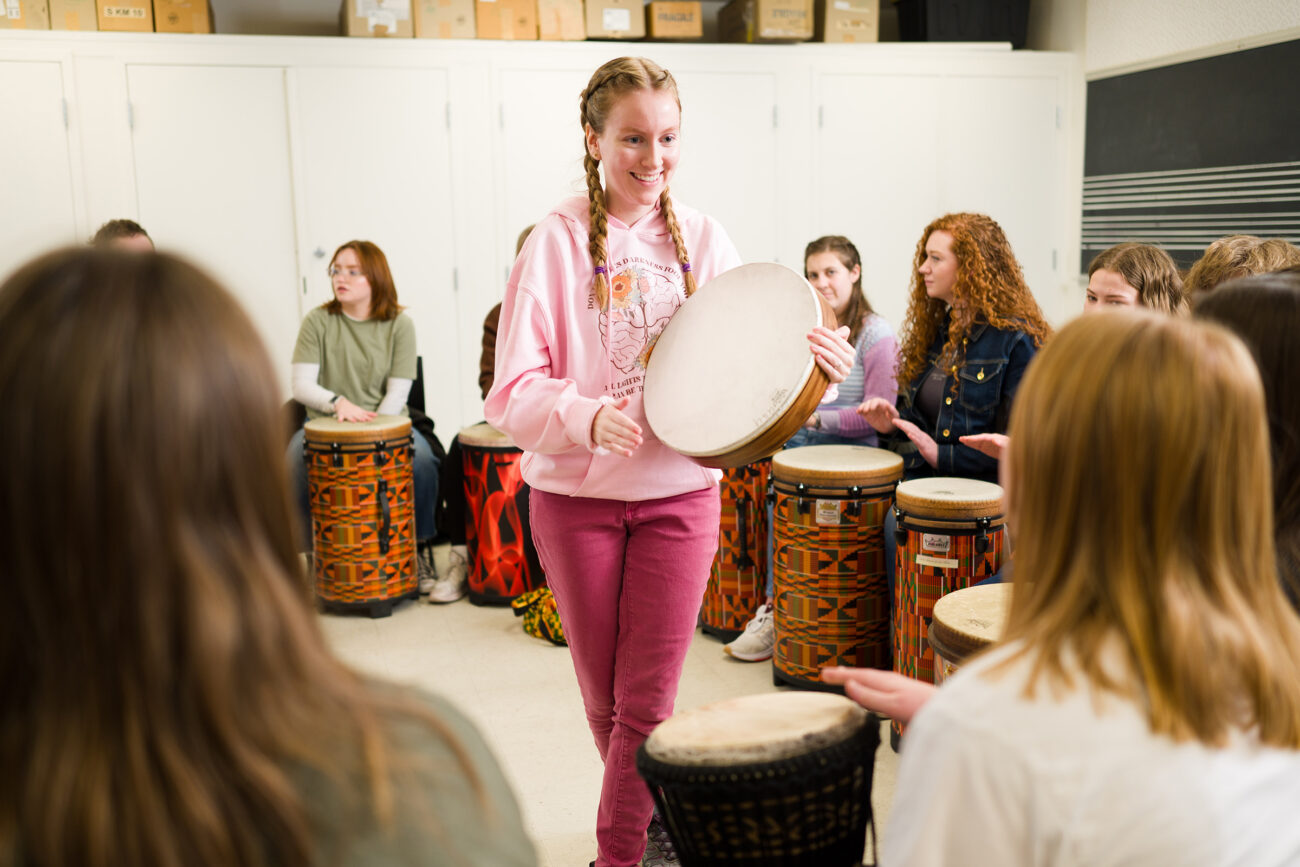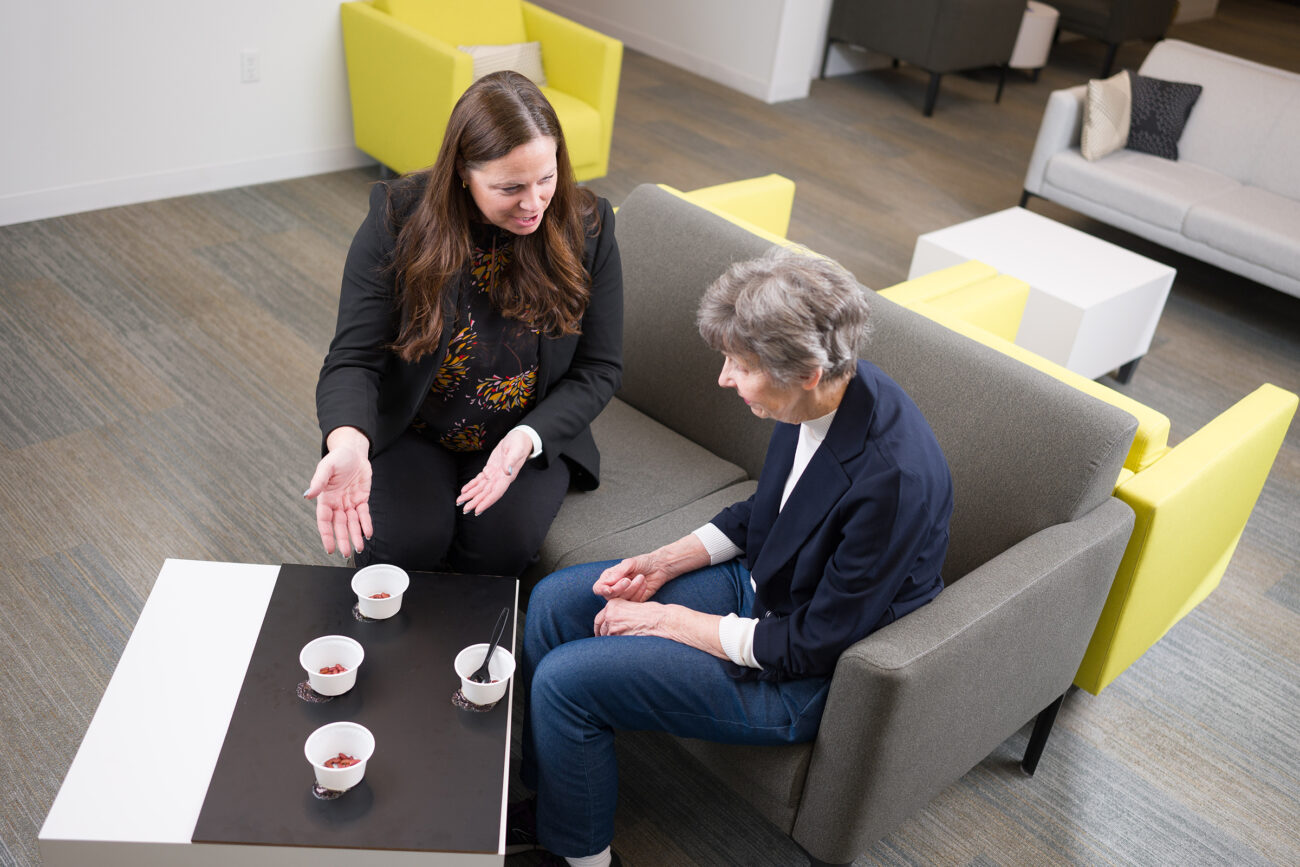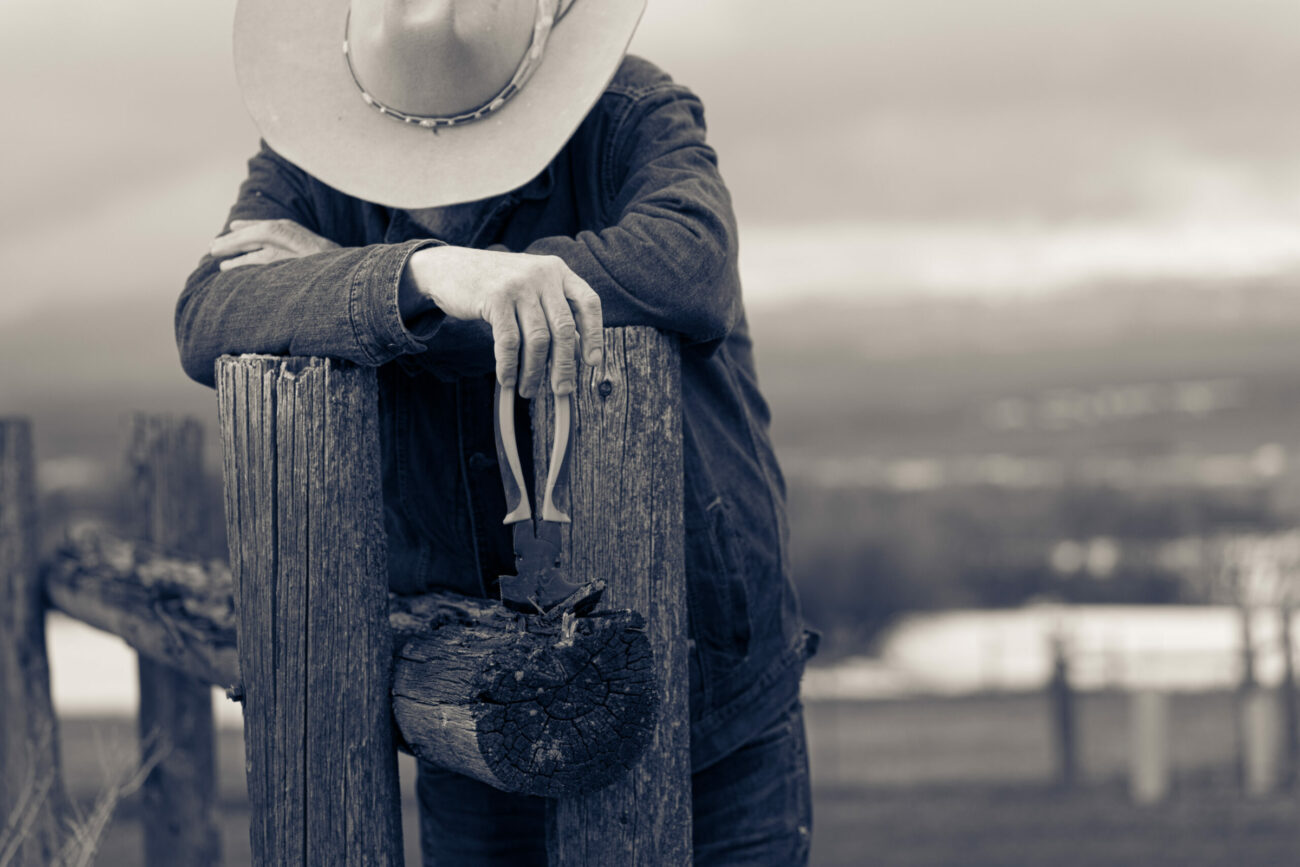What Animals Can Teach Us
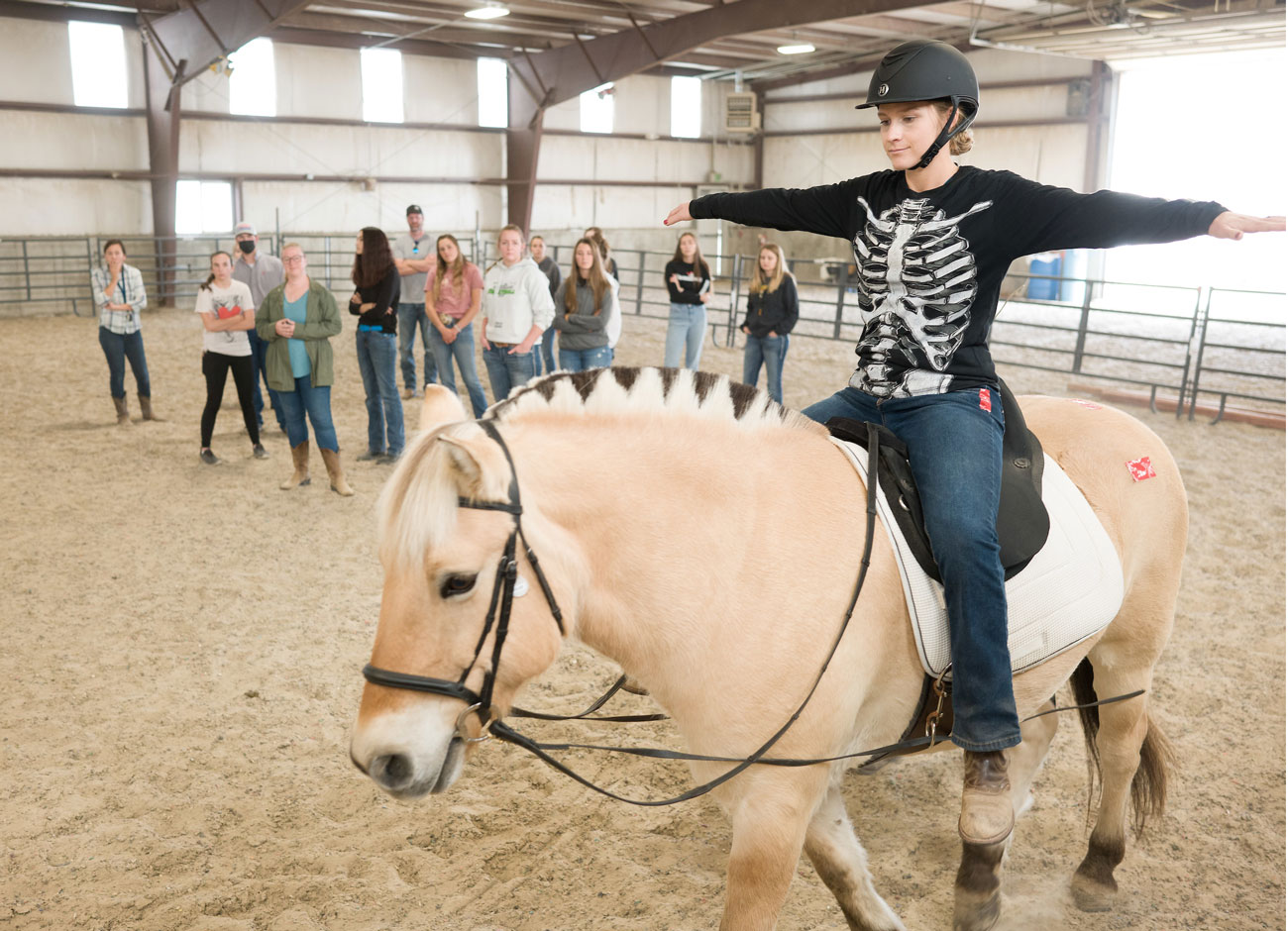
While many people think of their pets as part of the family, human-animal bonds can sometimes be viewed as less meaningful than other relationships.
Playing with a dog or cat is fun, but it’s not usually considered to be a serious activity. And when a pet dies, it’s common for people to be embarrassed about how much grief they feel. We love animals, but we often don’t think of our bonds with them as productive outside of the enjoyment they give us.
Science, however, is beginning to paint a different picture.
Taylor Chastain Griffin is the National Director of Animal-Assisted Interventions (AAI) Advancement at Pet Partners, a nonprofit devoted to teaching the benefits animals can bring to people through therapy and education. She’s seen firsthand how scientists, therapists, and other professionals are tapping into human-animal bonds in ways that were once unimaginable.
“There have been a lot of significant advancements in our empirical understanding of the human-animal bond over recent years,” Chastain Griffin explains. “We’re realizing all kinds of things that can be affected by our relationships with animals: our mental state, perceived pain level, social engagement, feelings of hope or optimism, and even physical health.”
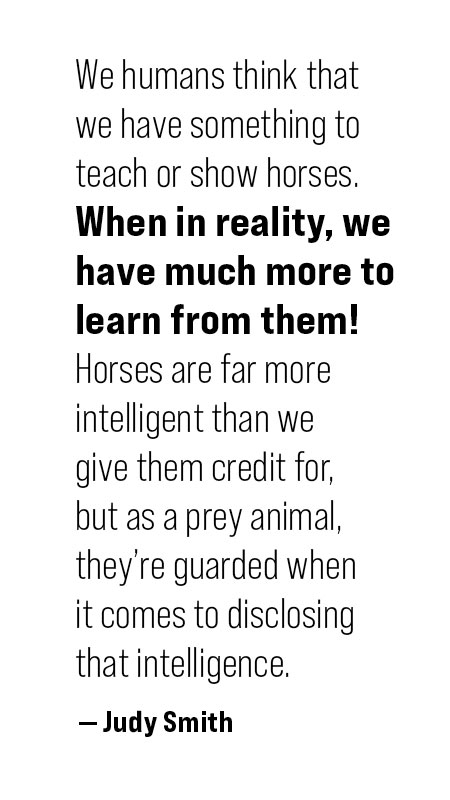
Many of these health benefits, such as reduced blood pressure, cortisol levels, and heart rate variability, are the result of oxytocin, a neurotransmitter that helps us form connections with others. When a parent interacts with their child, for instance, oxytocin floods the brain and creates feelings of love and affection. Scientists first studied oxytocin in the context of human relationships, but they soon recognized its role in our affection for animals as well. The term “human-animal bond” was itself adapted in 1979 from the earlier idea of mother-infant bonds, and since then, research into the beneficial effects of animals on humans has boomed. Fields of all kinds are now racing to make use of the science.
“Therapy animals are in schools, medical facilities, treatment centers, judicial systems, correctional environments, mental health settings, residential care homes, law practices. … The list goes on and on,” says Chastain Griffin. “I expect this will continue to grow as people grow in their appreciation for what the human-animal bond can do. Even outside of work with therapy animals, we’re talking more than ever as a culture about how much animals mean to us. There are countless ways to apply the human-animal bond to help meet the needs of all kinds of professionals.”
One such professional is Amy Jensen ‘YR. While she graduated from Utah State University with a degree in mathematics education and worked as a full-time teacher, she now runs her own business, The BAXTER & Bella Company, where she helps dogs and their owners to better understand and communicate with each other.
“I’ve found more similarities than differences when it comes to building bonds with dogs and humans,” Jensen says. “Humans have more complicated emotions, which can make working with them more difficult at times, but looking at the big picture, we really are similar in that we all desire to feel loved and accepted, have our basic needs met, and be happy. Dogs are no different in my opinion.”
Although much of Jensen’s work involves helping humans and canines live together as a family, she also collaborates with Good Dog! Service Canines to train dogs in providing comfort and emotional support to children with autism.
“The dogs help calm them when anxiety or stress arises, redirect their attention to the task at hand, interrupt stemming behaviors, improve their social skills, make it easier to sleep more soundly, and create more balance in their everyday lives,” says Jensen. “Families are able to go out in public again and experience things other families do on a regular basis simply because the dogs provide comfort, confidence, and guidance to the children they serve. It’s been a very rewarding experience for me as a trainer to watch and observe.”
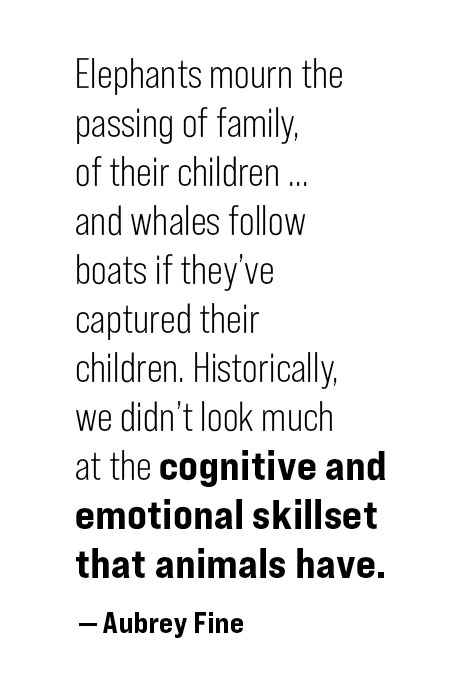
Dogs may be the most well-known service animals, but they’re by no means the only example of human-animal bonds being put to use. Judy Smith, an assistant professor at Utah State and a certified therapeutic riding instructor, uses her understanding of horses to help people heal through riding and other activities at USU’s Sam Skaggs Family Equine Education Center.
What that looks like in the field varies greatly. When Smith works with people who have physical disabilities, she partners with a physical therapist to provide riding experiences that engage patients’ neuromotor systems — that is, their ability to control their own bodies. However, when she’s working with people with autism, she might team up with a mental health professional to use the horse’s movements to stimulate the language centers of the brain. And if she’s leading a group of veterans, she might assist a therapist in guiding the former service members to communicate and bond with horses, which in turn helps them explore past traumas and practice skills for overcoming them.
While equine movement plays a key role in much of Smith’s work, the non-judgmental interactions between horse and rider are also important, especially for the veterans that visit the Equine Education Center.
“The horse will give you the response that the horse gives you,” explains Smith, “and I think people are more open to the process and talking about feelings in that setting because it doesn’t feel like therapy. It’s just kind of going through life. What we’re trying to look at — how the horse interacting with a human activates the brain — is in the area of neuroscience, and there’s been a couple of really good studies using electroencephalograms (EEG’s) to record brain activity before and after a session that show the benefits are real.”
Through bonding with horses, people also develop practical skills that can be applied elsewhere in life, such as the social skills necessary to reintegrate into civilian life after serving in the armed forces.
“A horse is a prey animal, so it’s always on its guard,” explains Smith. “That’s something a veteran with PTSD who just wants to disconnect from social relationships can sometimes relate to. And so going through the steps of building a relationship with a horse can help veterans relearn those skills and reconnect with those relationships. The mental health team I work with says the veterans have these ‘aha!’ moments days or weeks after the encounter when they realize that things they learned with the horses apply to their own lives.”
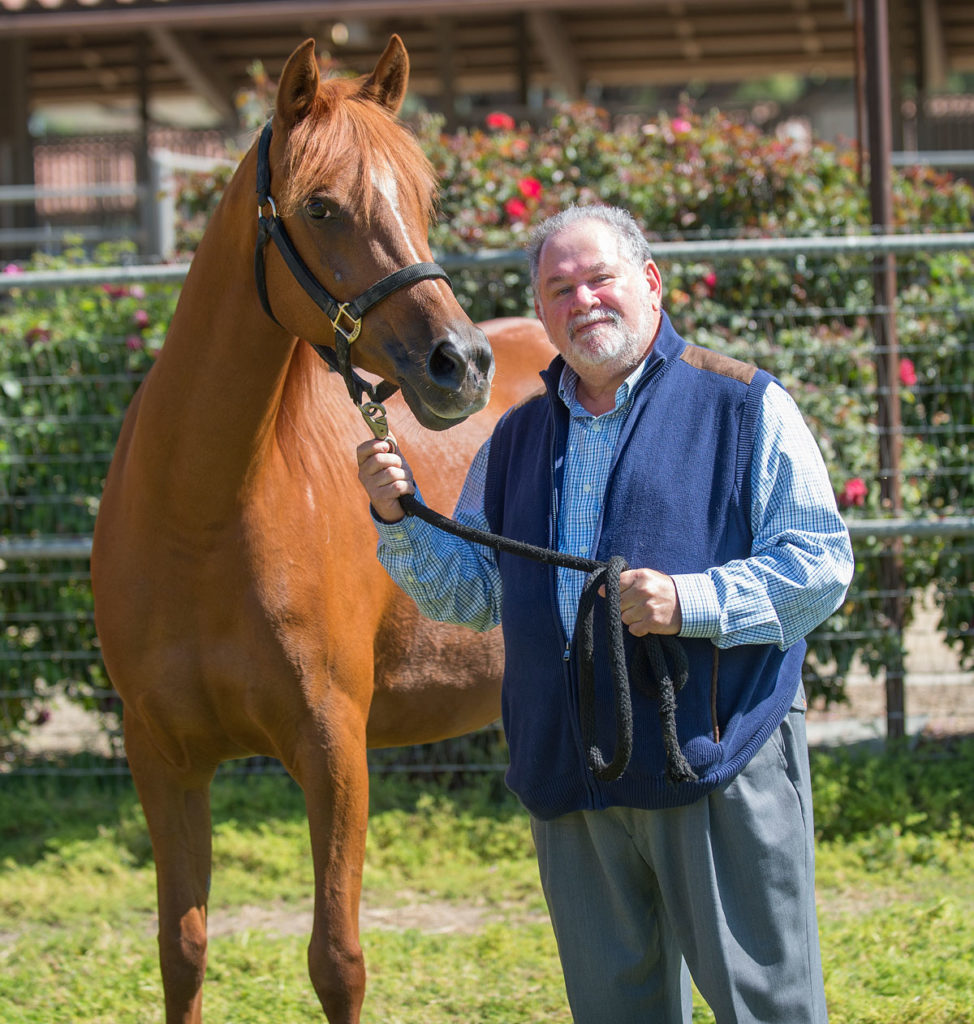
Smith stresses that treating the horse as a partner is an essential part of her work.
“We humans think that we have something to teach or show horses,” Smith says, “when in reality, we have much more to learn from them! Horses are far more intelligent than we give them credit for, but as a prey animal, they’re guarded when it comes to disclosing that intelligence. In our program, we teach people to learn to be ‘horse listeners’ and not ‘horse whisperers.’ As we learn to listen and interact with horses in a way that they can understand, we have many things to learn from them.”
The importance of respecting the animal side of human-animal bonds is echoed by Aubrey Fine, professor emeritus at California State Polytechnic University and lecturer at Utah State’s School of Veterinary Medicine. As a licensed psychologist, author, and professional speaker, Fine has been an advocate for human-animal bonds not just in the context of work or therapy, but also in our personal lives. He’s met people who have formed enriching connections with creatures ranging from cows to turtles, and he warns not to underestimate the emotional and intellectual capacity of animals.
“Elephants mourn the passing of family, of their children,” Fine says. “And whales follow boats if they’ve captured their children. Historically, we didn’t look much at the cognitive and emotional skillset that animals have. Today, we’re beginning to understand that dogs, for instance, are a lot smarter than we thought, that they understand words and not just the nonverbal behavior. We’re seeing centers around the world that study canine cognition as well as canine emotion. And there’s nothing to be said if you’ve ever watched a dog after they’ve lost a good friend.”
Among other creatures, Fine has personally connected with dogs, birds, gerbils, a horse, and even a bearded dragon. While many of those animals have assisted him in treating patients, all of them have been a source of comfort and love.
“I believe we must celebrate these relationships,” writes Fine in his book Our Faithful Companions, “because the benefits are just the extra gains we derive. As Anatole France once stated, ‘Until one has loved an animal, a part of one’s soul remains unawakened.’ We must celebrate and cherish this awakening!”



